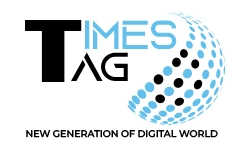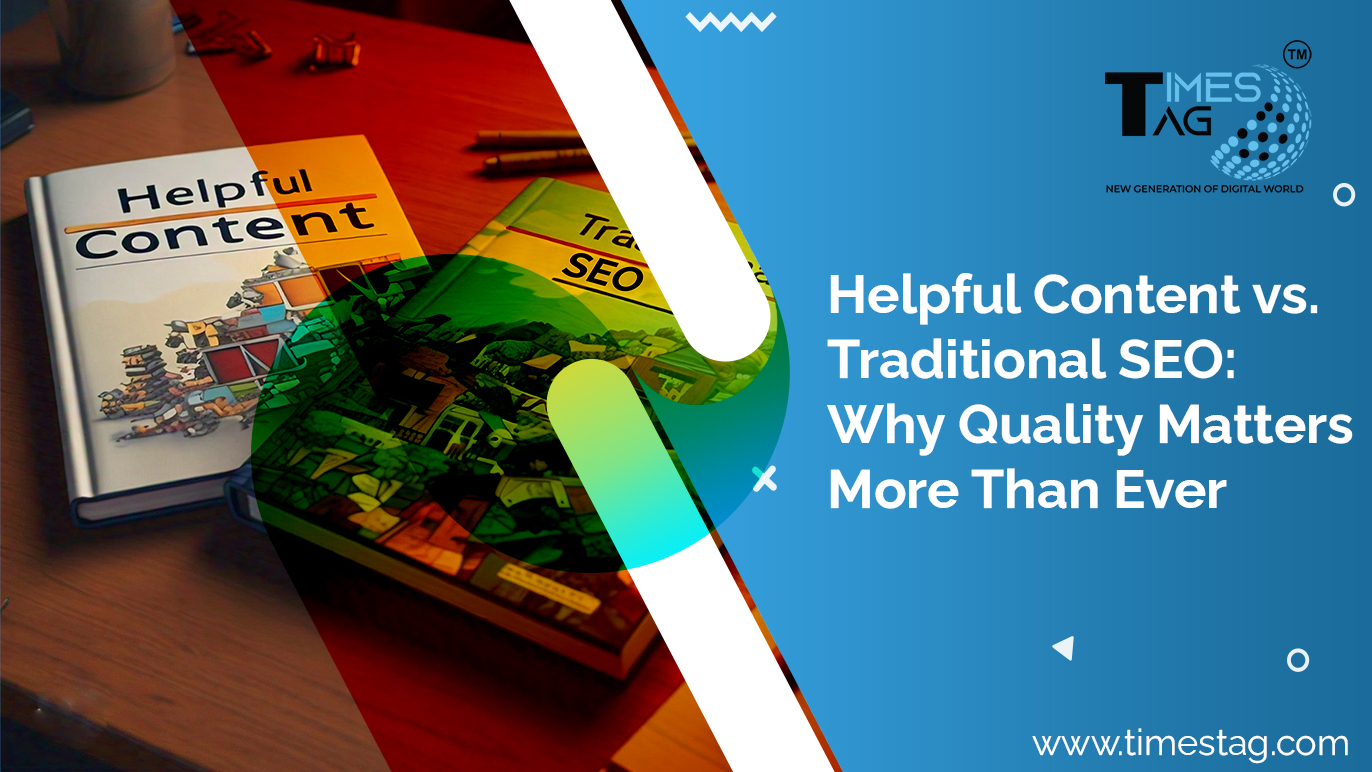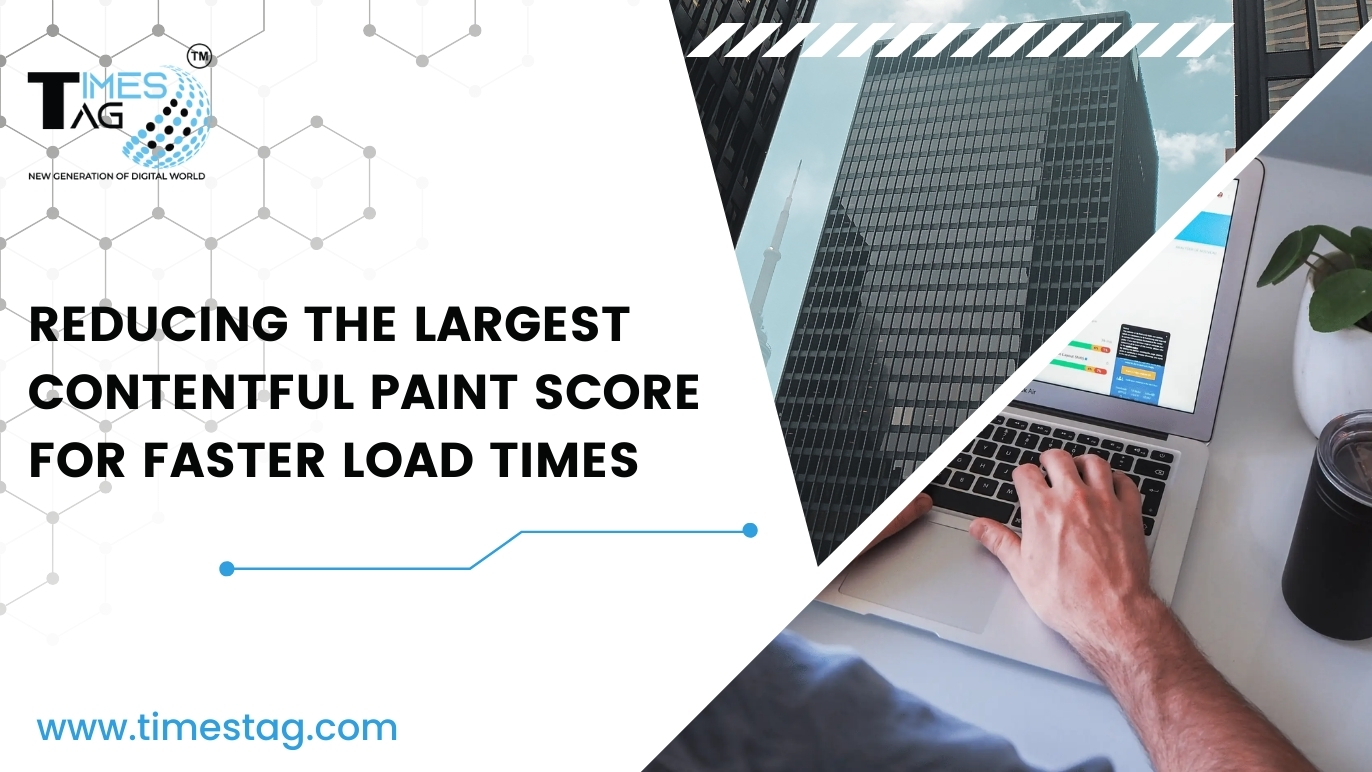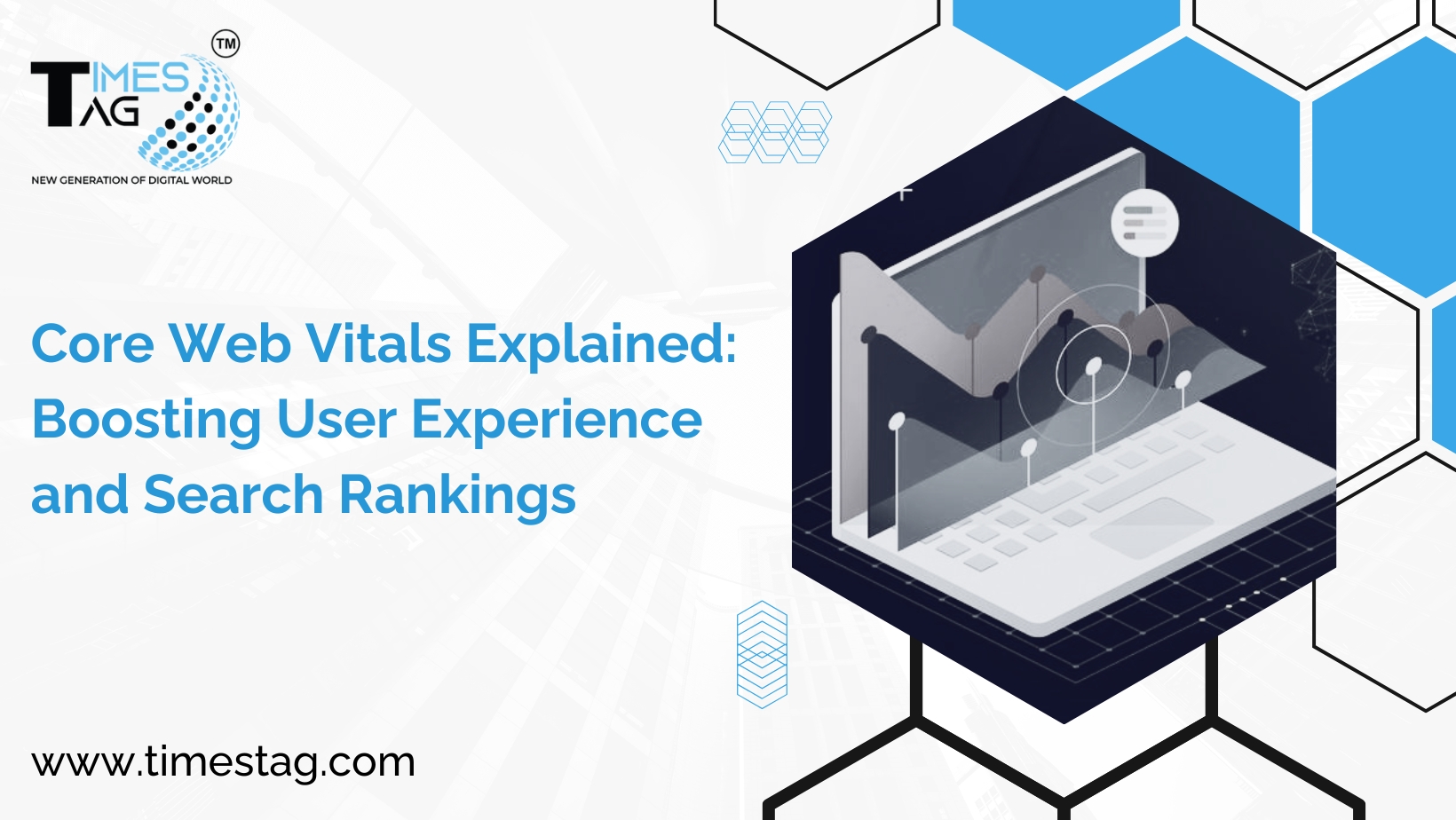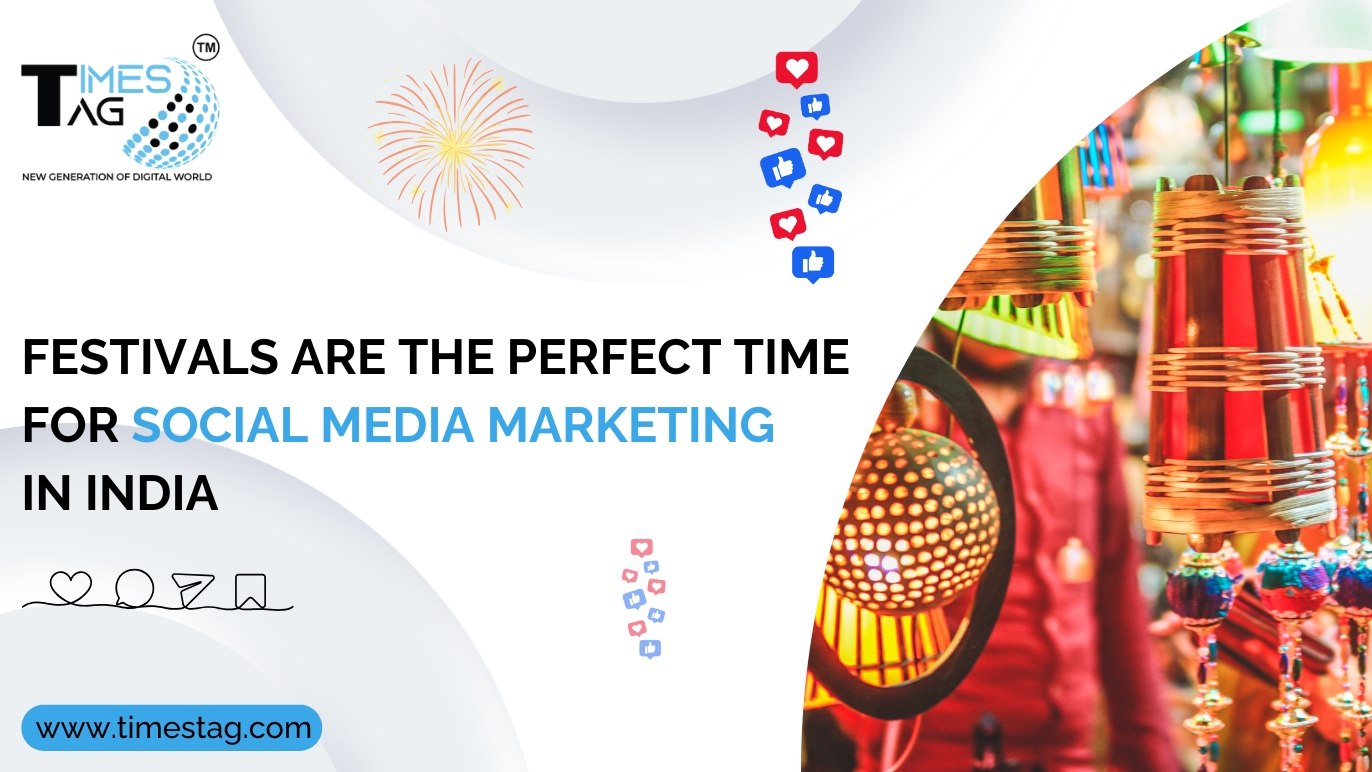In the rapidly developing world of digital marketing, Search Engine Optimization (SEO) has become the core of firms’ online presence. Over time, search engine marketing methods have changed significantly, from keyword-centric practices to more innovative techniques focusing on user experience and content quality.
This change has been strengthened by Google’s Helpful Content Update, which highlights the importance of providing content that only meets the requirements of consumers. To stay ahead of the game in this context, virtual advertising and marketing agencies like TimesTag, a leading Digital marketing agency in Ahmedabad must have an intimate understanding of both traditional search engine marketing methods and the increased emphasis on high-quality content.
Understanding Search Engine Marketing Techniques
Definition:
SEO strategies include a variety of techniques used to increase a website’s exposure on search engine results pages (SERPs). These strategies can be widely categorized as on-page SEO, off-page search engine marketing, and technical SEO, with each playing an important role in improving a website’s search engine ranking.
Overview of Traditional Search Engine Marketing Practices:
Traditional search engine marketing strategies have historically concentrated on improving key aspects of a website to improve its search engine rankings. These practices include:
Keyword Stuffing: This is the excessive use of goal keywords inside the material, frequently at the expense of clarity and individual satisfaction. While this strategy was historically effective, search engines like Google now penalize term stuffing, identifying it as a misleading practice.
Backlinking Strategies: Creating a network of backlinks—links from other websites to your own—has long been a key component of traditional search engine optimization. While one-way links remain important, the focus has switched to generating high-quality, relevant inbound links rather than simply building up a large quantity.
On-page SEO Elements: On-page search engine marketing involves improving individual internet pages to rank higher and attract more relevant site visits. This includes optimizing title tags, meta descriptions, header tags, and article material for the targeted keywords.
Introduction of Helpful Content Strategies:
As search engines grow more advanced, the focus has switched from technical optimization to the creation of useful, user-centric content. Today, an effective content strategy focuses on E-E-A-T (Expertise, Authoritativeness, and Trustworthiness) and prioritizes:
User Experience: Content is designed to deliver value to the user by answering questions, dealing with queries, or offering attractive and informative content.
Aligning with Search Intent: Understanding what users are looking for and presenting material that is relevant to their purpose is essential for successful search engine optimization. This strategy assures that the material now not just ranks well, but also interacts with the audience.
The Shift from Traditional SEO to Quality Content
Helpful Content Update by using Google: Explanation
Google’s Helpful Content Update marks an essential adaptation in the way the material is considered for ratings. This upgrade aims to reward useful and informative information rather than stuff created only to manage search engine results. The update has had a significant impact on traditional search engine optimization strategies, particularly those that rely heavily on keyword stuffing and the occasional superior backlink.
Impact on Traditional Search Engine Optimization Methods:
The Helpful Content Update has made several traditional SEO procedures far less effective. For example, material that promotes keyword concentration above individual cost is now far more likely to be criticized. Similarly, low-exceptional one-way links have significantly less influence since search engines like Google and Yahoo prefer the relevance and authority of connecting sites.
Emphasis on User-First Content Creation:
The replacement highlights the significance of prioritizing the customer in the content introduction. This approach generates content that answers queries, provides in-depth information, and provides a positive user experience. Interaction statistics, as well as stay time (the amount of time a user spends on a website), are becoming more important indications of content quality. High stay duration indicates that people find the content valuable and interesting, which benefits search engine marketing.

Comparison of Content Quality vs. Traditional Search Engine Marketing Metrics:
The shift from conventional search engine optimization metrics, which include keyword density and oneway link quantity, to content fine has changed how success is measured in search engine optimization. High-fine content material that resonates with customers is more likely to achieve higher rankings and sustain long-term success.
This shift displays a broader fashion in search engine marketing toward valuing consumer engagement and pleasure over purely technical elements.
On-Page SEO and Quality Content:
Definition: On-web page search engine optimization involves optimizing personal net pages to improve their ranking on engines like Google. This consists of each of the content itself and the HTML source code, consisting of meta tags and alt attributes.
On-Page SEO Key Techniques that Enhance Content Quality:
Effective on-web page SEO strategies that make contributions to content satisfactory encompass:
Title Tags and Meta Descriptions: Crafting compelling and correct identify tags and meta descriptions helps each customer and search engines like Google recognize the content of a web page. These elements have to consist of target keywords however also provide a clean and concise description of the web page’s content.
Header Tags and Content Structure: Using header tags (H1, H2, H3, and so on.) to structure content material improves readability and enables search engines to apprehend the hierarchy of statistics on a web page. This complements the user experience and contributes to better search engine rankings.
Image Optimization and Alt Text: Optimising photos by reducing file sizes for quicker loading instances and using descriptive alt textual content facilitates enhancing each person’s experience and search engine optimization. Alt textual content additionally makes content material extra handy to users with disabilities, which is an increasing number of important for inclusive web layout.
Importance of Integrating Quality Content with On-Page SEO Practices:
While on-page SEO is essential for technical optimization, integrating it with exquisite content is vital for achieving nice results. Quality content that is nicely structured, optimized for applicable key phrases, and followed through effective on-web page search engine marketing techniques is much more likely to rank nicely and offer cost to users.
White Hat search engine marketing and Ethical Content Creation:
Definition of White Hat SEO: White hat search engine marketing refers to moral search engine marketing practices that align with search engine tips and cognizance of imparting price to customers. Unlike black hat SEO strategies, which seek to manipulate engines like Google through misleading methods, white hat search engine marketing emphasizes transparency, satisfaction, and lengthy-term achievement.
Comparison with Black Hat SEO Techniques: Black hat search engine optimization strategies, consisting of keyword stuffing, cloaking, and link farms, purpose to acquire short-term effects via unethical practices.
However, these strategies are frequently penalized by search engines like Google and Yahoo and may result in lengthy-time period damage to a website’s popularity and rating. In contrast, white hat search engine optimization builds agree with audiences and search engines, ensuring sustainable success.
Importance of Ethical Practices in Content Creation: Ethical content material creation isn’t always just about adhering to good-looking engine tips; it is about constructing trust with your target audience. By providing treasured, accurate, and tasty content material, groups can set up themselves as authoritative voices of their industries. This is accepted as true with interprets into higher user engagement, higher SEO overall performance, and long-term period achievement.
Building Trust with Audiences: Content that is created with integrity and a focus on consumer needs fosters trust. Audiences are much more likely to go back to a website and interact with its content when they recognize they can rely upon it for correct and helpful statistics. This is accepted as true which is a key component of a successful SEO method and is increasingly recognized with the aid of engines like Google.
Long-Term Benefits of White Hat Search Engine Marketing: The long-term benefits of white hat search engine marketing encompass sustained seek engine scores, higher user engagement, and more potent online recognition. By focusing on exceptional content and moral practices, agencies can gain lasting achievement in their search engine marketing efforts.
Conclusion
The evolution of search engine optimization from conventional techniques to a focal point on great content material reflects broader modifications in how serps prioritize personal experience. Google’s Helpful Content Update highlights the importance of creating content that truly serves the desires of customers, as opposed to without a doubt aiming to manipulate search rankings.
For businesses like TimesTag in Ahmedabad, this shift underscores the want to prioritize content material in their search engine optimization strategies. By integrating tremendous content with powerful on-web page search engine optimization and adhering to white hat SEO practices, businesses can seize the opportunity to dominate their market and attain lengthy-time period fulfillment in the ever-converting digital landscape.
As you navigate the complexities of SEO, recall that great content is more essential than ever. Prioritize your target market, create treasured content, and embody ethical search engine marketing practices to ensure that your virtual advertising and marketing efforts yield sustainable outcomes.




